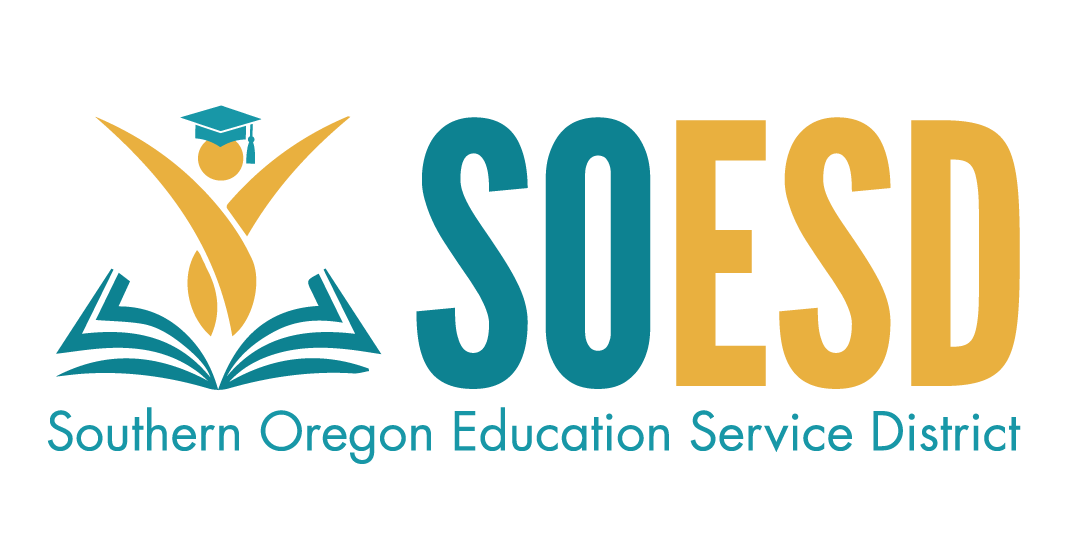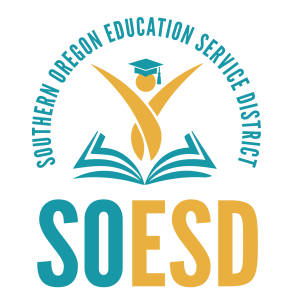School-level communicable disease planning for this school year differs from prior (COVID-era) years because it refines the template and instructions to:
- Decrease template length and reduce redundancy.
- Expand the focus to all communicable disease planning which encompasses respiratory viruses as well as other diseases that schools may have to tackle.
- Create flexibility to leverage planning completed for Aligning for Student Success into communicable disease plans.
Local school districts are in charge of setting health and safety rules. As of September 2024, ODE no longer collects and posts school-level communicable disease plans. Please contact us if you would like assistance writing/editing your CDMP.
CONTACT
Tanya Frisendahl
Reopening Advisor
Educational Services Team
tanya_frisendahl@soesd.k12.or.us
Who must complete a School-level Communicable Disease Management Plan?
ESDs, school districts, and public charter schools must a) have a complete communicable disease management plan per Oregon Administrative Rule (OAR) 581-022-2220.
Template Instructions and Tools
ODE, the Oregon Health Authority (OHA) and the Oregon School Nurses Association (OSNA) co-developed template, which is based on feedback from school leaders and OHA, and OSNA. Districts, schools, or programs may use any format that best supports local planning and alignment while ensuring that the plan includes the content and components laid out in the template. You are encouraged to:
- Visit the ODE website where you will find the template, instructions, and highlighted changes from the 2022-23 school year.
- Review the PDF of changes made to the template from the 2022-23 plan template as the most straightforward way to make updates to your current plan.
- Download the fillable MS Word Template.
- Read the Template Instructions.
School District Requirements:
- A School-Level Communicable Disease Management Plan is in place for every public school, public charter school, or program that is not covered by a school plan (including a link to where these plans are available to the public).
- Schools engaged an intentional process to center equity and mental health and well-being in School-level Communicable Disease Management Plan. Commitment to regularly train school staff in the School-level Communicable Disease Management Plan.
- A link to the district’s communicable disease management plan.
- District has an up-to-date emergency operations plan.
Ventilation Guidance
The US CDC updated its guidance on ventilation in an effort to reduce the spread of respiratory diseases. Because viral particles can spread between people more easily indoors than outdoors, ventilation is an important mitigation tool to reduce the risk of infection.
To improve ventilation, it is important to confirm that your HVAC systems are operating properly, following the manufacturer’s instructions. This includes:
- Maintaining the HVAC system regularly.
- Changing the filters in the system regularly.
- Ensuring filters fit properly so little or no air gets around the filters.
Where can I get more tests?
- Schools can request more Binax Now tests from OHA by completing this form. (08/2022)
- If you have expired iHealth Labs tests, read this memo about the FDA’s extension of their shelf life. (07/2022)
What changes have been made since the 2022-2023 School Year?
(05/11/2023)
A five-day period of isolation for those infected with COVID-19 will no longer be recommended for the general population, including people in K-12 education settings. The recommendation for the general population will be to stay home until fever free for 24 hours and symptoms are improving; to avoid contact with individuals at increased risk for severe disease, including older adults and those with underlying medical conditions; and to consider masking for 10 days.
COVID-19 data sources ended
OHA’s COVID-19 surveillance data focused on statewide transmission trends, data on severity, and most county-level data. ODE will share updates regarding data as CDC and OHA make changes this spring and summer. / Several COVID-19 dashboards and CDC will be retiring several COVID-19 metrics, including COVID-19 Community Levels / ODE notifications to districts of medium and high community transmission of COVID-19.
SOESD COVID-19 Management Plans
SOESD provides direct student instructional services in the schools of the districts we serve. Each district we serve submits a COVID-19 Management Plan for each of their schools where we may serve students. SOESD’s other direct instructional services for students are outlined in separate SOESD Management Plans here.
SOESD assists districts with preparing and updating COVID-19 Management Plans and Communicable Disease Management Plans (CDMP) with resources available from ODE.
Click here to view SOESD’s Communicable Disease Management Plan (2023-2024).
ODE hosts regular office hours to provide an overview of new guidance and answer questions.
Office hours are now hosted as needed. View more details here.


